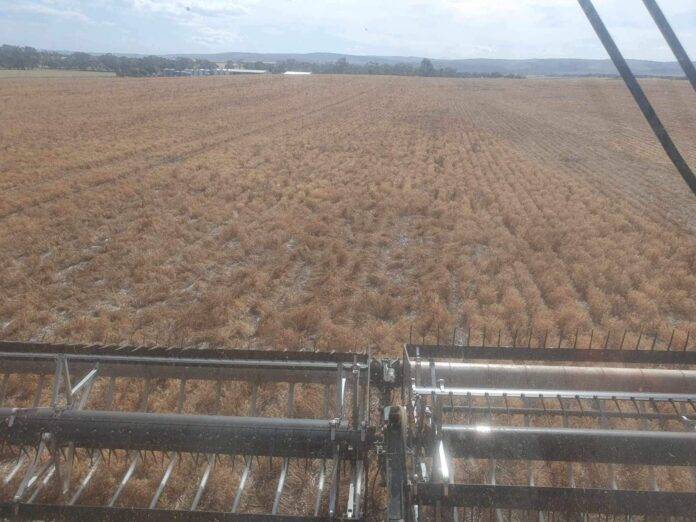In November, Australia saw a significant increase in the export of chickpeas and lentils, with 442,603 tonnes of chickpeas and 49,041 tonnes of lentils shipped out, according to data from the Australian Bureau of Statistics. This surge in chickpea exports, which more than quadrupled from the previous month, was largely driven by India’s high demand for Australian chickpeas during the tariff-free period leading up to March 31. India accounted for 80 percent of Australia’s chickpea exports in November, with Pakistan and Bangladesh being the second and third largest markets, respectively.
On the other hand, lentil shipments also saw a substantial increase, particularly driven by demand from Bangladesh in anticipation of Ramadan. Bangladesh emerged as the largest market for Australian lentils in November, followed by Sri Lanka and India. Despite the increase in shipments, the total of 49,041 tonnes was still below the previous year’s figures due to a more favorable growing season in 2023.
The tables provided by the ABS show a detailed breakdown of Australian chickpea and lentil exports for September, October, and November 2024. The data reveals the diverse range of countries that import these legumes, with India, Bangladesh, and Pakistan being major markets for both chickpeas and lentils. The tables also highlight the fluctuations in export volumes over the three-month period, reflecting the seasonality and demand dynamics of the global market for pulses.
Overall, the strong performance of chickpea and lentil exports in November points to the resilience and competitiveness of Australia’s pulse industry in the global market. Despite challenges such as variable weather conditions and changing trade policies, Australian growers and exporters continue to meet the demand for high-quality pulses from international markets. This success underscores the importance of ongoing market intelligence and strategic partnerships to ensure the sustainable growth of Australia’s pulse industry in the long term.




